In TCG Card Shop Simulator, you open a card shop to fulfill your dreams. Achieving those dreams in a single day is impossible. You need to buy products, attract new customers, and expand your inventory to fill your initially empty store. There’s a lot to do, but at the end of the day, your main goal is simple: maximize your income.

Related
TCG Card Shop Simulator Vs. Kardboard Kings: Which Game Is Better?
It’s for these games to d-d-d-d-d-duel!
However, with so many methods and products to generate revenue, which ones are the most effective? What items yield the highest profits? This guide covers the most lucrative money-making strategies to focus on. If you’re ready, we’ve prepared some tips to help you succeed in this exciting simulation game.
TCG Card Shop Simulator is in early access and its content is subject to change.
You Should Prioritize Cheap And Bulk Products
It’s important to know that customers are more likely to make purchases based on the quantity of items available in your store. Therefore, focus on affordable and easily purchasable products like basic booster packs and card sleeves in early game. Stocking up on these ensures your shelves remain full, which is the simplest and most traditional way to make money.
Since these products don’t take up much shelf space, you can sell them in large quantities. However, during the early stages of the game, investing in expensive, space-consuming items like board games isn’t a good idea. Also, save your money to acquire licenses for items you can sell in bulk.
When placing orders, try to order multiple items at once to save on shipping costs. Additionally, opt for 64-unit bundles instead of 32-unit ones for further savings.
Don’t Neglect Selling Single Cards
Single cards are among the best revenue sources in the game. Ensure your shop has at least three or four card display tables. Before closing your shop each evening, open booster packs and place the cards as singles on these tables. Especially in the early game, the income from high-value cards can give you a significant financial boost.
However, avoid pricing single cards too high. Aim for a maximum profit margin of 10–20 percent, which customers will find acceptable. For common and lower-value cards, consider pricing them at market value or with a 10 percent markup.
During business hours, monitor the availability of cards on your display tables. Replenish them frequently, whether by opening more booster packs or placing cards bought from customers on the tables. This way, you’ll maintain a steady income throughout the day.
Get The Best Deals From Card-Selling Customers
Occasionally, customers will stand near your register with a red exclamation mark above their heads, indicating they want to sell you a card. Interact with them to see the card they’re offering and the price they want for it.
Your goal in these situations is to buy the card for less than its market price. For instance, if a card’s market price is $50, offer $35, then resell it for 10–20 percent above its market price. The key here is not to make overly low offers. If you offer too little, customers may refuse to sell their cards.
In some cases, you’ll have multiple chances to negotiate, allowing you to gradually raise your bid.
However, be cautious with customers selling low-value or common cards. If there’s a line of customers at the register, spending time negotiating for cheap cards may not be worth it, as it could delay more profitable transactions.
Expand Your Game Tables As Your Shop Grows
In the early stages of the game, game tables won’t generate significant profits. However, every player using a table is tracked by a counter, which you can monitor in the tournament app on your phone. The more players who have participated in games at your tables, the more lucrative tournaments you can host, bringing in additional revenue.
That said, game tables occupy substantial space, so it’s not wise to fill your shop with too many early on. Three to four tables should suffice for a medium-sized shop. As your shop expands, you can increase the number of tables accordingly.
Additionally, if closing time arrives and customers are still playing games at the tables, don’t skip to the next day right away. Wait for their games to conclude, as some of them might make purchases afterward, boosting your income further.
Increase Your Product Variety
Focus on expanding the variety of products in your shop, as some customers specifically look for particular items. For example, a customer might come in searching for a specific board game. Before diversifying your inventory, ensure that your store has enough shelving. Attempting to stock a wide range of products with limited shelf space is not an efficient strategy.
When your financial situation is stable, prioritize purchasing double-sided shelves. Over time, consider selling your standard shelves and exclusively using double-sided ones. These shelves optimize space, allowing you to display a larger variety of products.
Additionally, when you have extra funds, invest in acquiring licenses for new product lines to further enhance your shop’s offerings. This will attract a broader customer base and increase your revenue potential.
Manage Shop Growth And Employees Effectively
Remember, the key focus should be your profits. Expanding your shop increases rent costs, so ensure your shop generates consistent income before upgrading. If you rush into expanding, you may find yourself struggling to cover rental payments.
The same logic applies to hiring employees. In the early game, workers aren’t essential, as hiring them incurs both upfront and daily costs. Employees with lower wages tend to work slower, which may not be efficient for a rapidly growing customer base.
Instead, aim to hire staff when your shop is larger and you’re dealing with higher customer volume. This approach will help you manage your resources effectively while ensuring sustainable growth.
In late-game, you’ll need to hire employees to help make money more efficiently. It’s important to hire workers with high work speed, especially for cashiers. Additionally, to further boost the cashier’s speed, it’s beneficial to set product prices with rounded numbers. For example, selling an item priced at $14.76 for a round $15 will improve the cashier’s processing speed.
Use Morning And Night Rush To Your Advantage
When you start a new day, your first priority should be to open your shop as quickly as possible. If you delay or procrastinate in opening your shop, you’ll miss the early customers who arrive in the morning. Any tasks like ordering new products or organizing your store should be saved for the evening after the shop has quieted down.
Additionally, if there are players still playing at the tables late at night, don’t rush to close the store and skip to the next day. Instead, wait for them to finish their game, as they might buy some products afterward, and new customers might arrive while they’re finishing up. After all customers have left, you can take time to reorganize and restock your inventory for the next day.
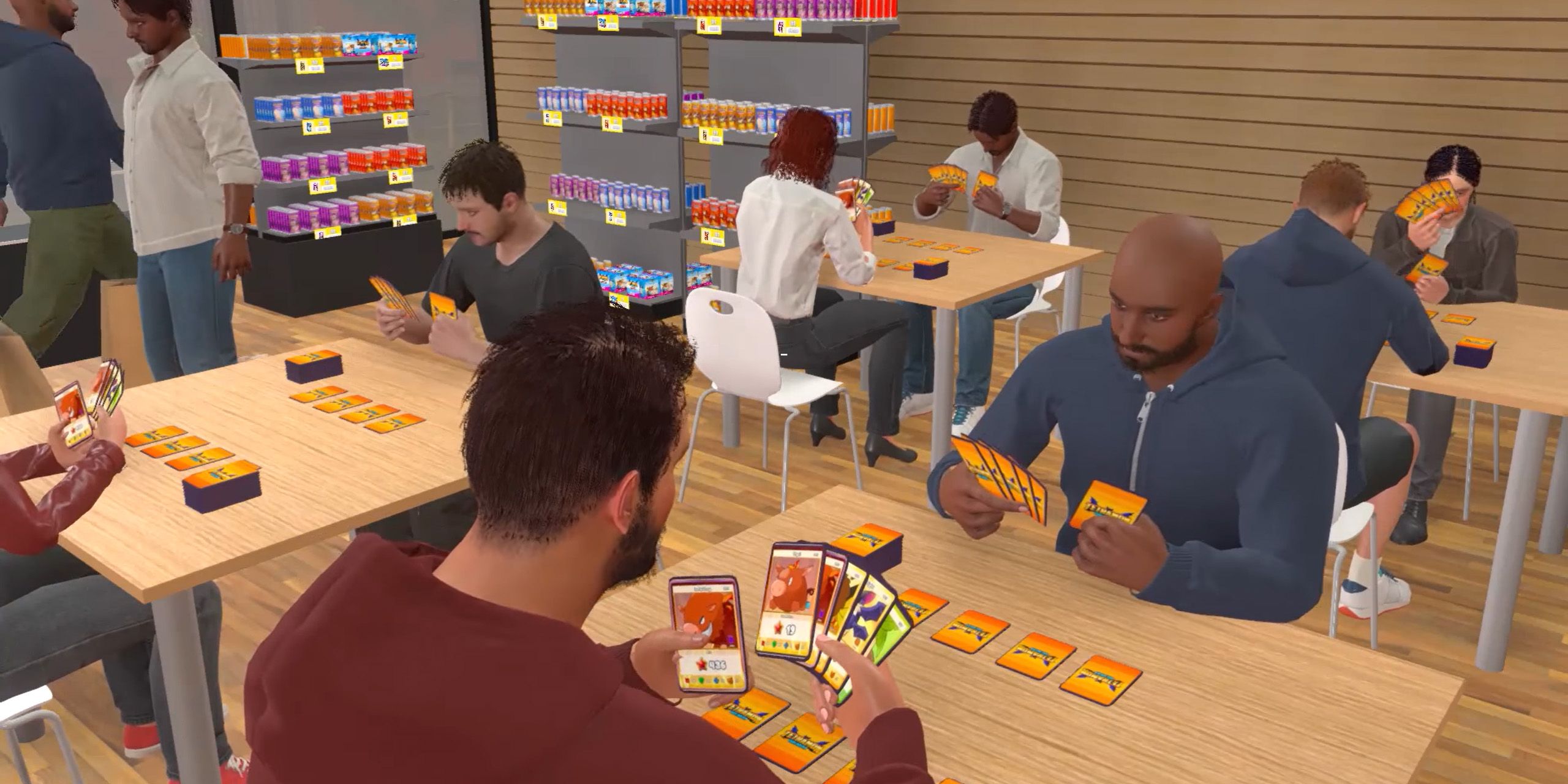
Next
TCG Card Shop Simulator Thrives Where Pokemon Fails
TCG Card Shop Simulator has gone viral for good reason: it’s succeeding where Pokemon has failed.
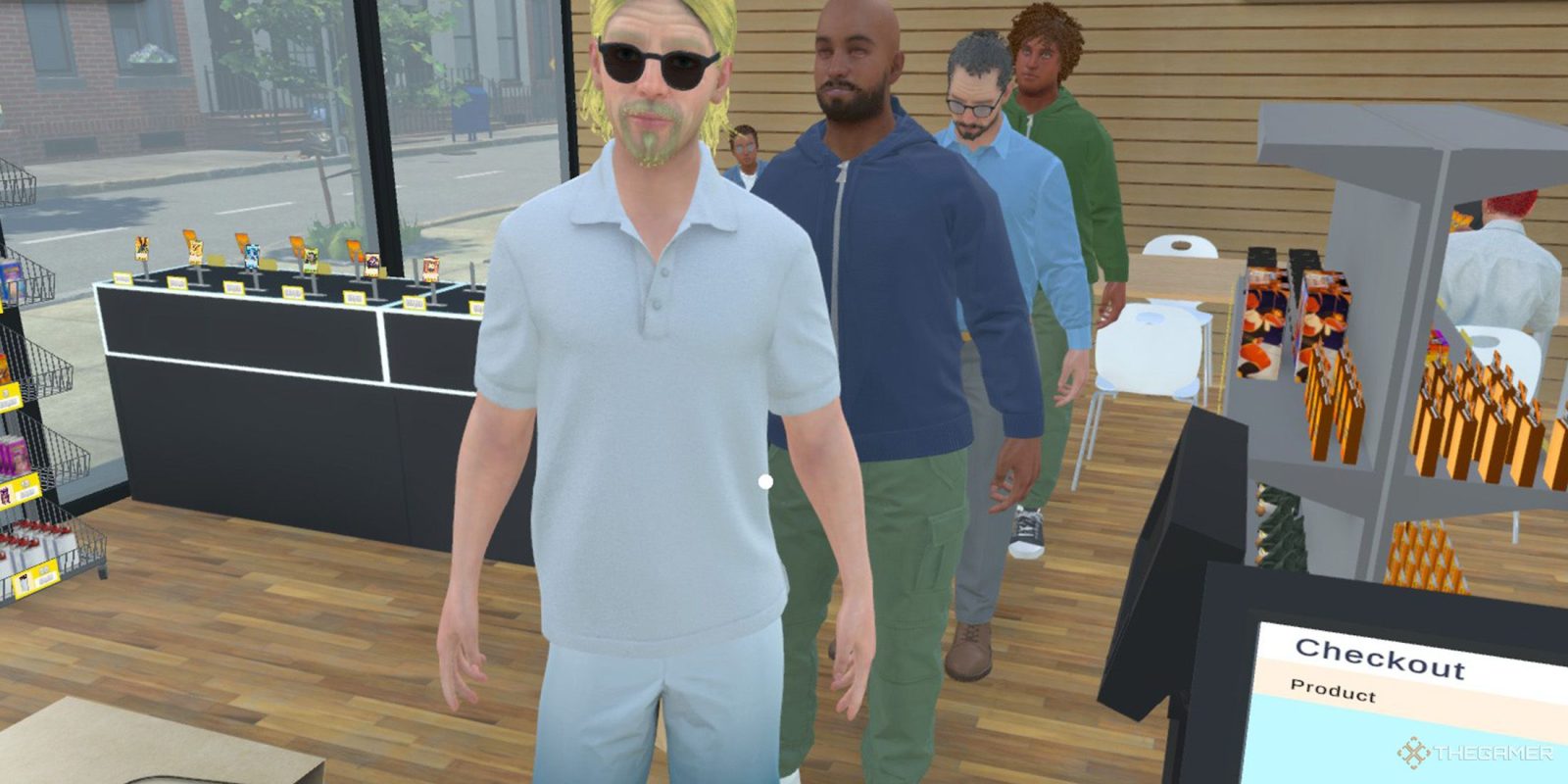

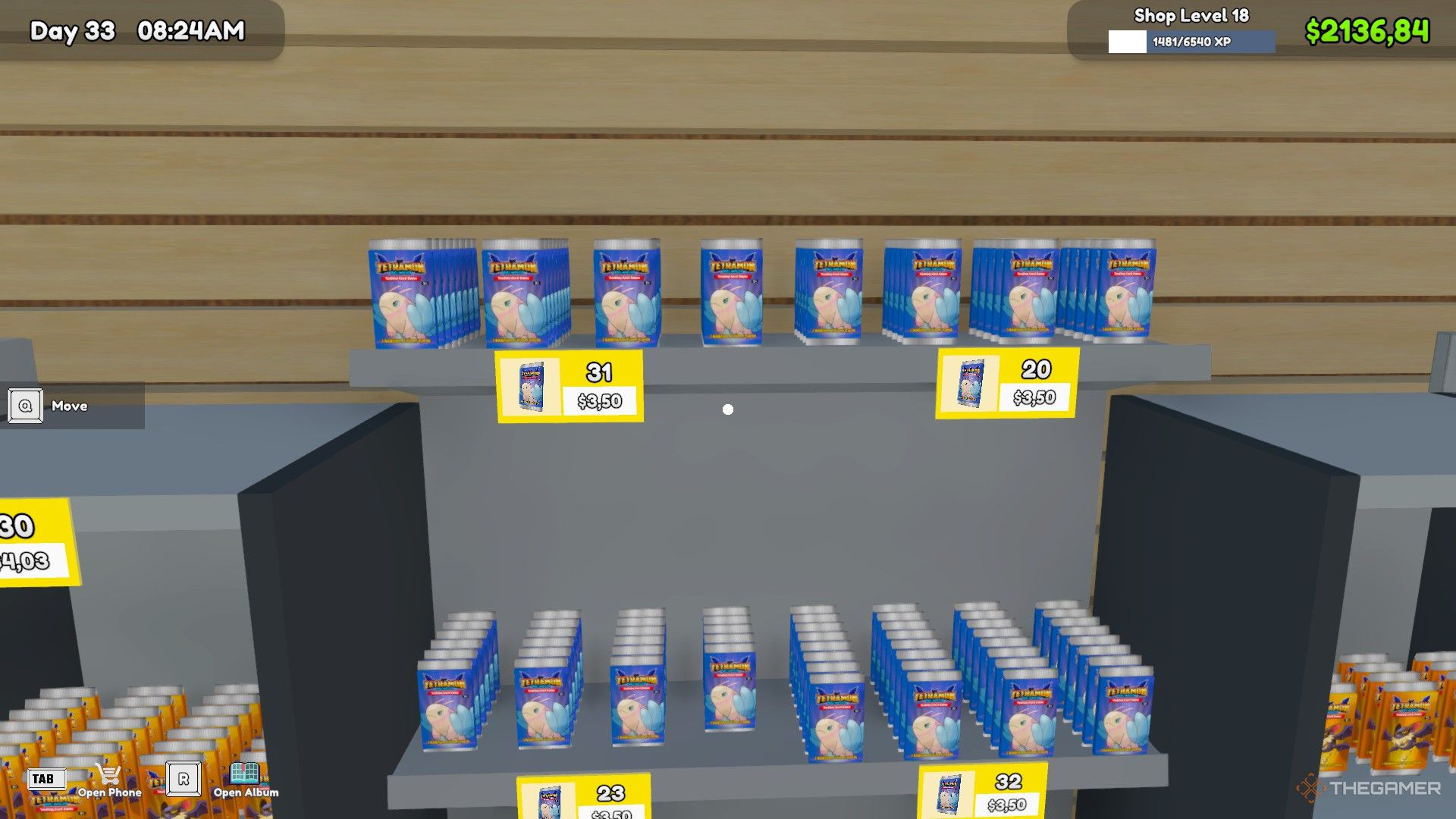
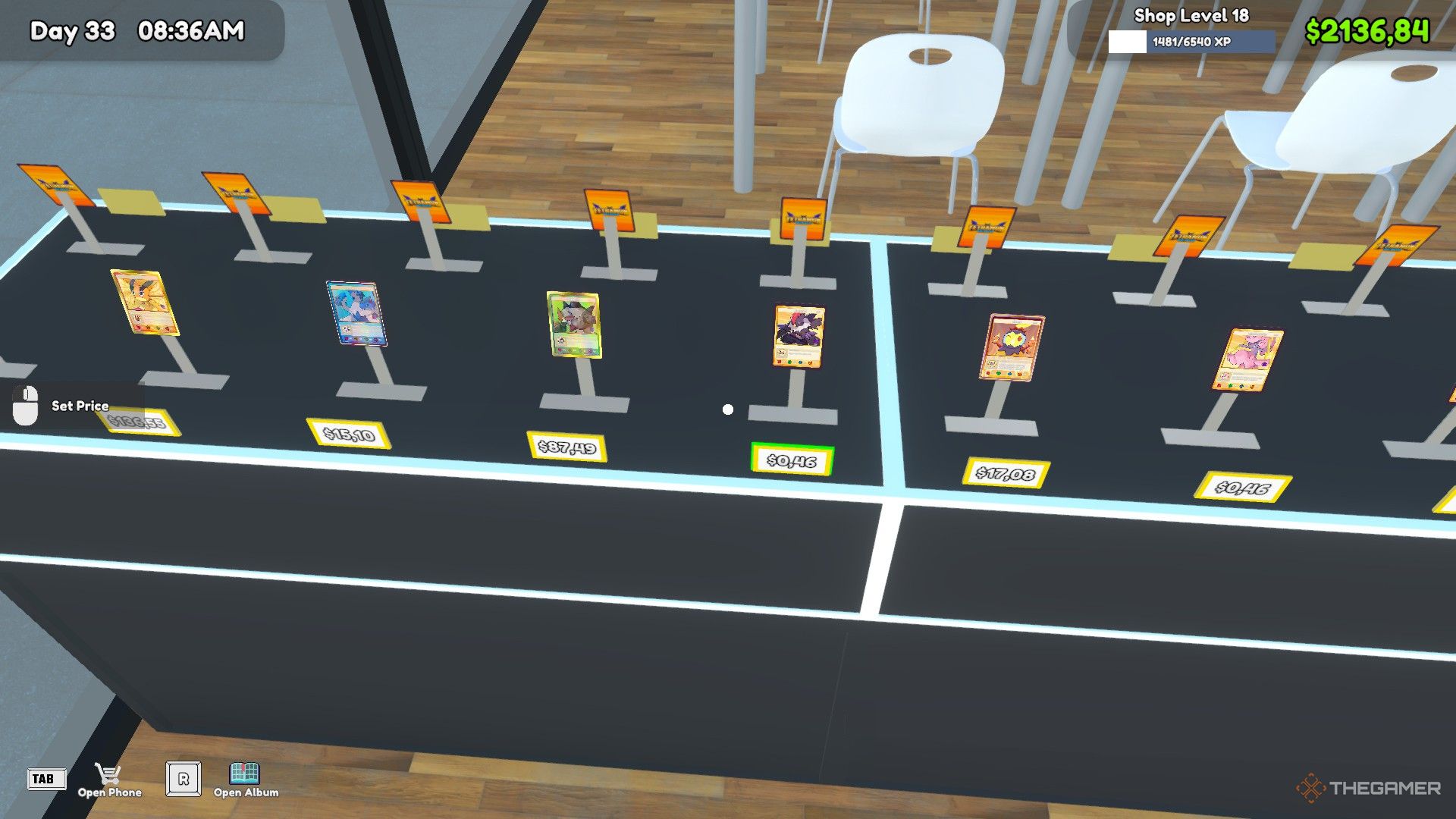

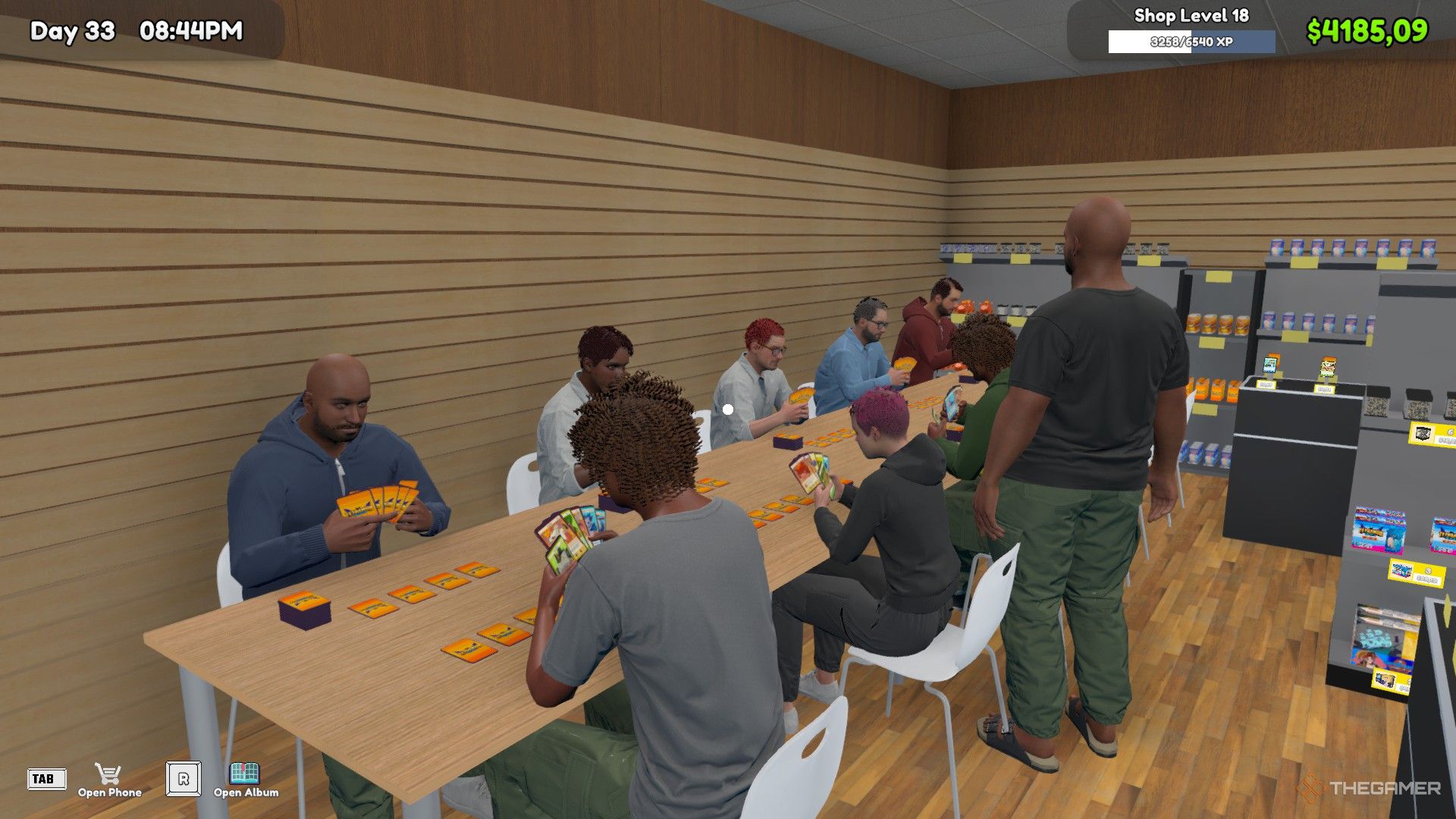
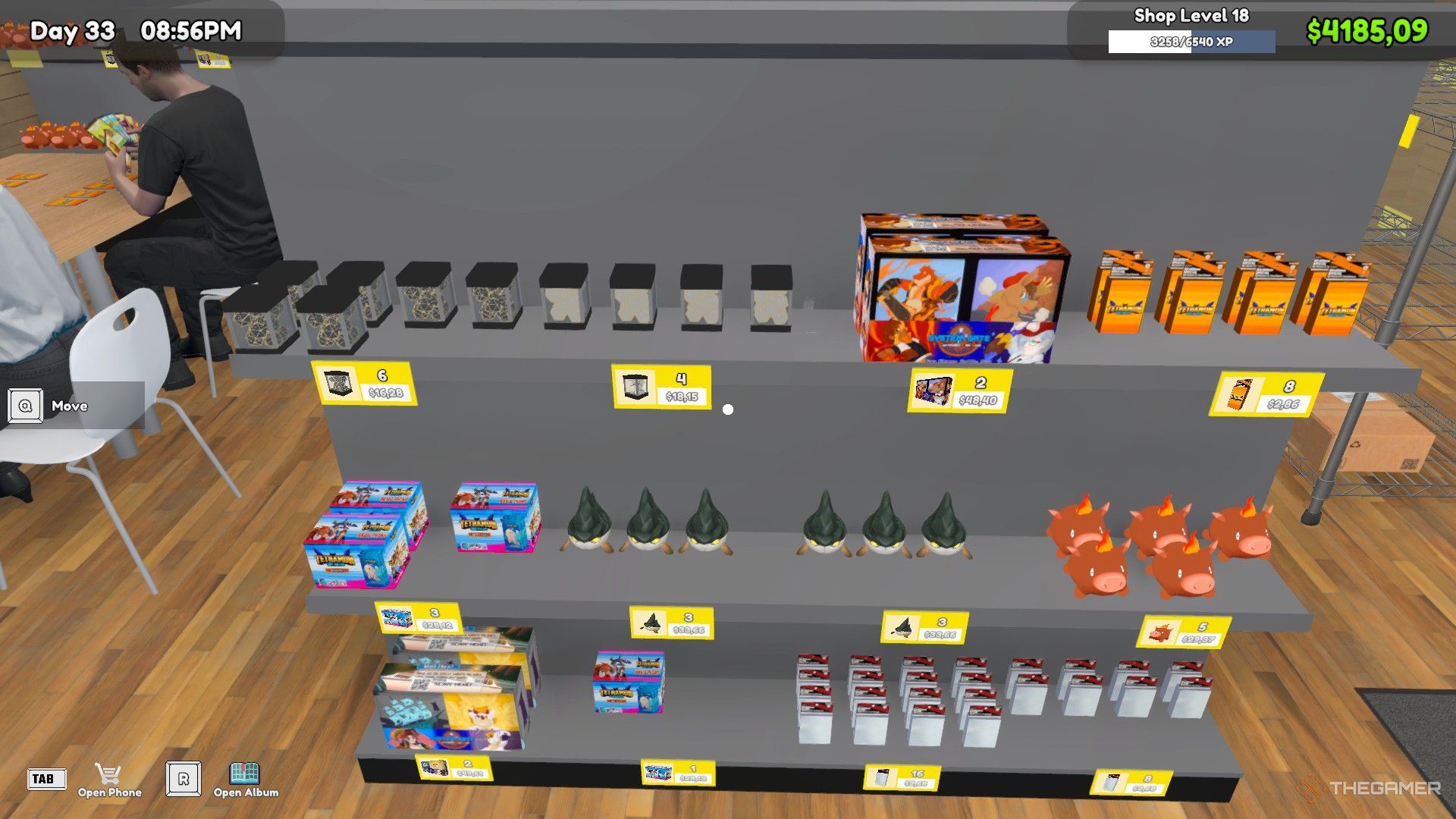
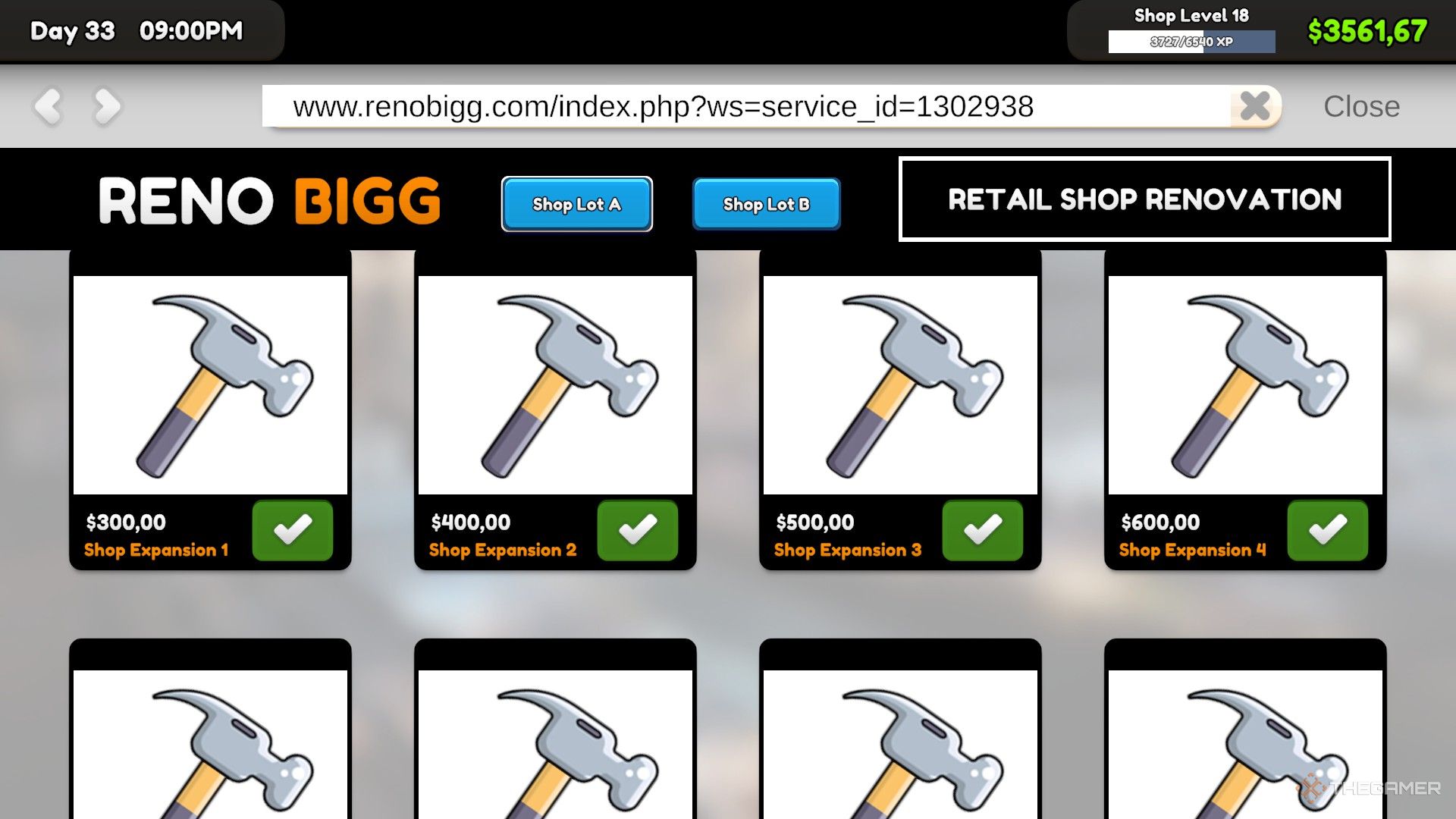
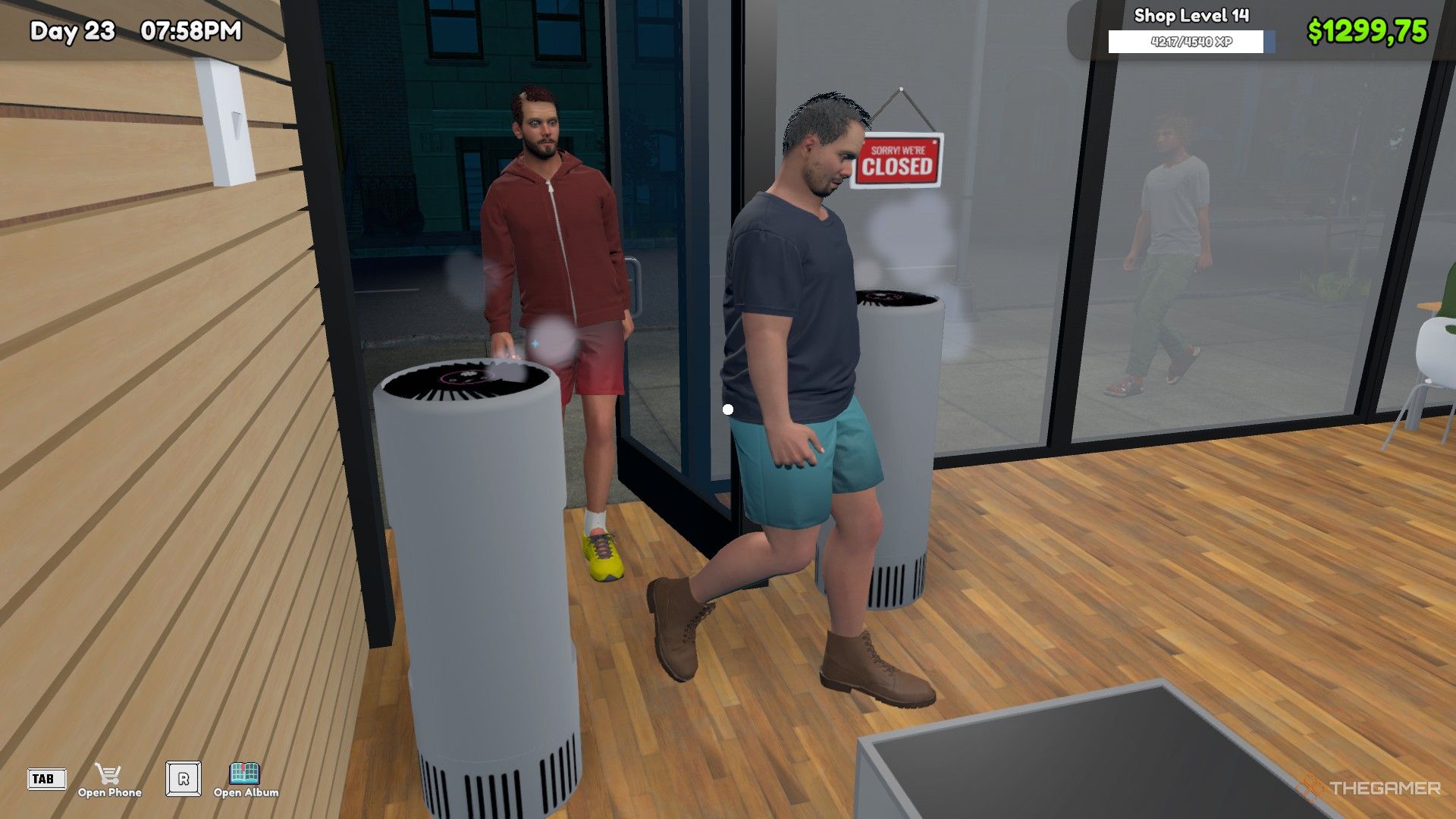


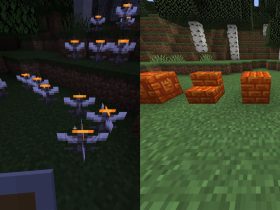



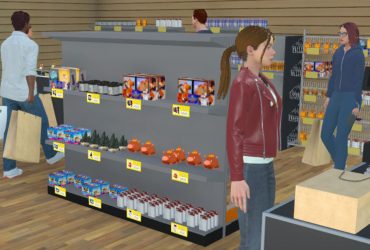

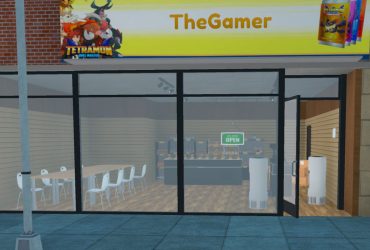

Leave a Reply